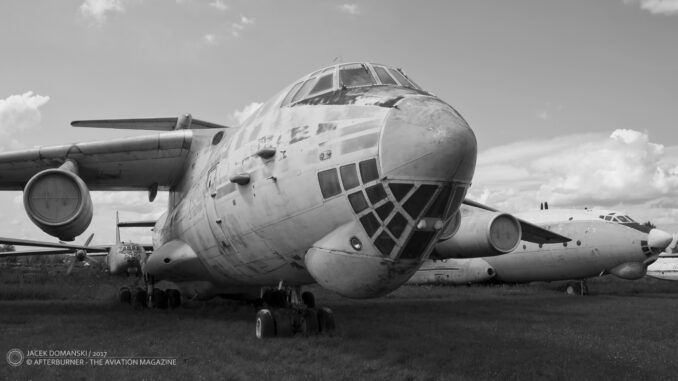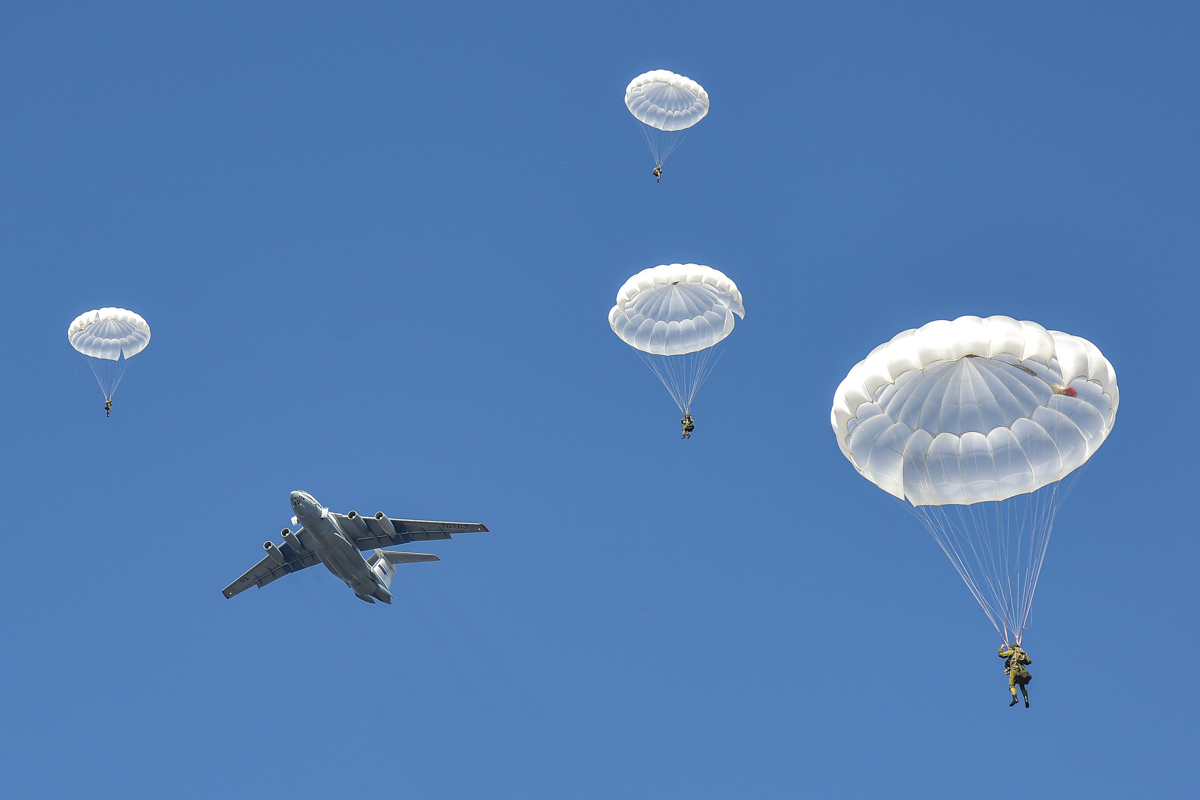
The first Soviet troops landed in Kabul and Bagram – the Soviet-Afghan War officially began.
When, in April of 1978, the Saur Revolution (also known as April Revolution or April Coup) ended the rule of Mohammed Daoud Khan as President of Afghanistan, no one probably expected it shortly would turn into a long-term armed conflict, lasting until 1989.
The Soviet-Afghan War (initially known as the Soviet intervention in Afghanistan) became one of the most known armed conflicts of the second half of the 20th century, mostly because of being one of proxy wars of the Cold War era. Apart from the officially recognized belligerents – the Soviet Union, Afghanistan and Mujahideen, there were several other countries involved in this war: the United States, Pakistan, Iran, Saudi Arabia, China and the United Kingdom.
The already mentioned Saur Revolution ended with the victory of the People´s Democratic Party of Afghanistan and, shortly thereafter, a new government led by Nur Muhammad Taraki was established. Initially, all seemed as a promising change but soon the political in-fighting and tensions appeared, then followed by political repressions and controversial reforming programme.
On 5th December 1978, Taraki concluded the Treaty of Friendship with the Soviet Union, a pact that was expected to last twenty years. However, the situation in the newly established Democratic Republic of Afghanistan was far beyond any sign of peaceful development. Radical reforms and attempts for quick modernization of Afghan society were not broadly welcomed in the country, especially in its remote, rural areas. This caused the new republic to be more and more repressive and then led to the Herat uprising in March 1979.
When Taraki and his government asked the Soviet Union for help, they were not only refused but also asked to slow down with the reforming programme. Nevertheless, both tensions in the country and inner contradictions within the communist party of Afghanistan intensified gradually.
In September 1979, the conflict between Taraki and Hafizullah Amin (one of the Saur Revolution leaders and considered the second-in-command), resulted in assassination of the Afghan president. Amin took the full control of the country but this did not calm the things down. Moreover, his reign was a direct reason of the Soviet military intervention.
After a few months of preparations, the decision was made on 24th December 1979 and Soviet troops started their march to Afghanistan. At the same time, an airborne operation was launched.
On 25th December 1979, At 15:00 hours Moscow time (18:00 hours local time), the transport aviation aircraft carrying the airborne troops of the 103rd Guards Airborne Division and the 345th Independent Guards Airborne Regiment, took-off from the airfields located within the Turkestan Military District and headed Afghanistan.
The Soviet troops landed at Kabul and Bagram airfields, carried on board of Il-76, An-12 and An-22 cargo aeroplanes. During those evening and night hours of 25th December, the transport aviation completed 343 sorties in total, delivering to Afghanistan 7,700 of military personnel, 894 military vehicles and 1,062 tonnes of other loads.
Regrettably for the Soviet Air Force, the date of 25th December meant also the first fatal casualties. At 19:35 local time, Il-76M ´86063´, hit the nearby mountain while approaching the Kabul airport. This accident occurred in the heavy snowstorm and initially was even not noticed – only when all other aircraft from Mary airbase landed in Kabul, it was discovered that one Ilyushin is missing.
A rescue mission sent next morning had problems with reaching the crash site, due to severe weather conditions. Its exact location was identified only on 30th December, from Mi-8 helicopter, and it was reported that the transport aircraft broke into two parts. The rescue team finally made it to the nose section on 1st January, but it was not possible to get to the main part the aeroplane that was located in unavailable, snowy area.
The Ilyushin Il-76M ´86063´ had a crew of seven airmen and was carrying 37 airborne troops, two trucks and other equipment. All crew and passengers on board died in the accident. A few bodies of the crew members, including the captain, were recovered in 1980. The tail section of the aeroplane was reached only in 2005.
Parallelly to carrying the airborne troops with their transport aircraft, the Soviet Air Force started with transferring a special aviation detachment to Afghanistan. After just a few days, on 2nd January 1980, approximately one hundred Soviet aircraft were based at Bagram, Shindand and Kandahar air bases. The Soviet aviation force deployed to Afghanistan included MiG-21bis, MiG-21R, MiG-21PFM, Su-17, An-12 aeroplanes and Mi-8T, Mi-8MT, Mi-2 and Mi-24 helicopters. The number of aircraft was still growing and it is worth to mention here that only in the first year of the war the Soviet Air Force in Afghanistan completed 72,000 sorties.
On 27th December, the operation ´Baikal-79´ was launched, aimed at taking control of about twenty military objects in Kabul area, including the presidential seat in Tajbeg Palace (known as ´Storm-333´). The Soviet airborne troops participating in this operation were supported by MiG-21 fighters and Mi-24 attack helicopters.
The ´Storm-333´ resulted in death of Hafizullah Amin who outlived his predecessor by less than three months (Taraki was officially declared dead on 8th October).
Pictured, for illustrative purposes, is Ilyushin Il-76M exhibited at the Central Air Force Museum in Monino (2017).



